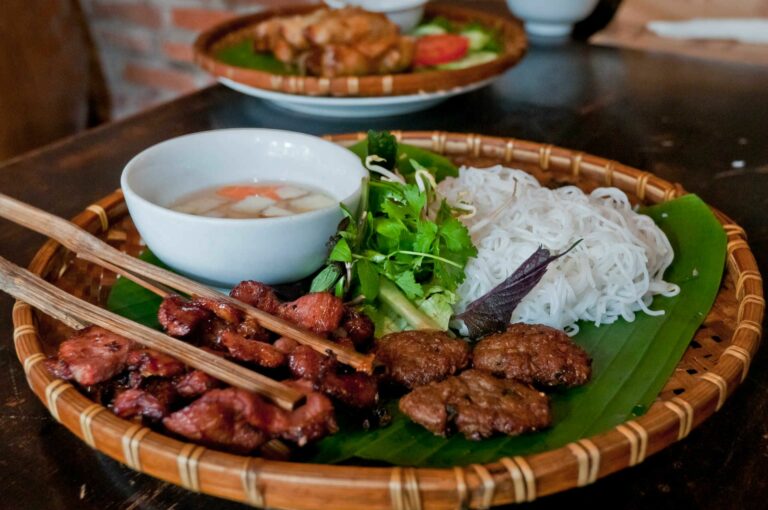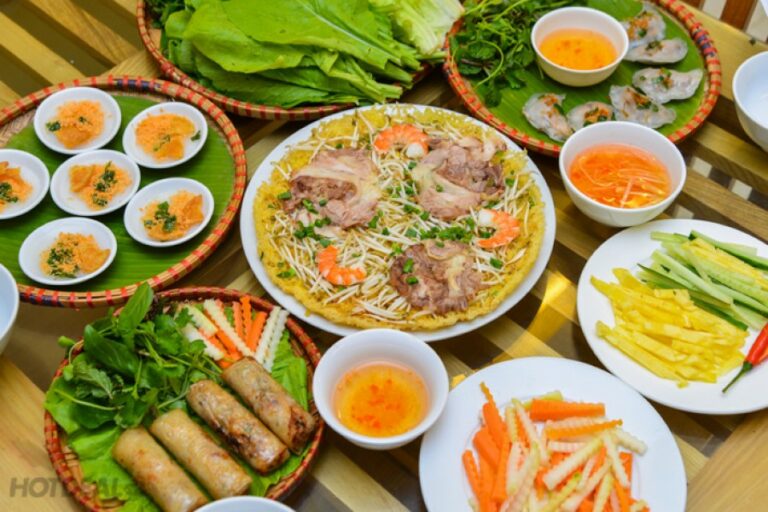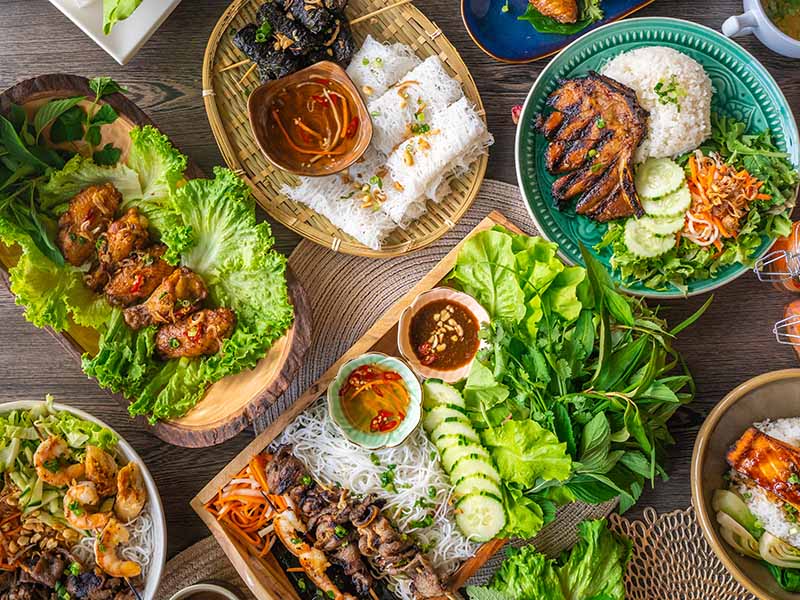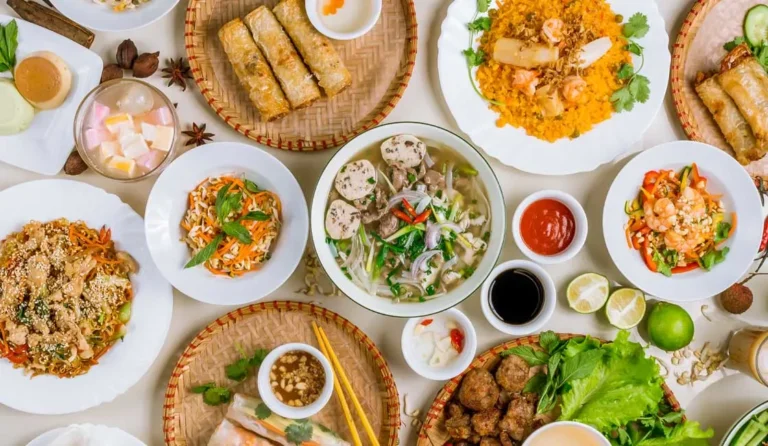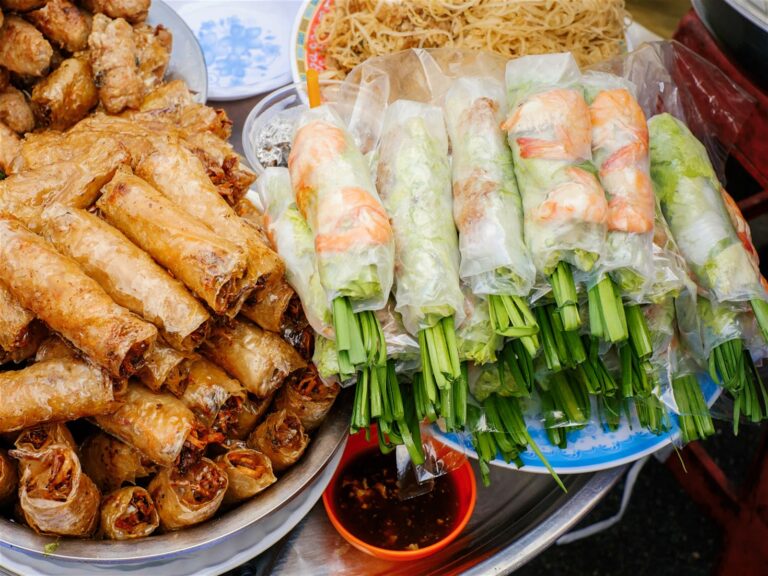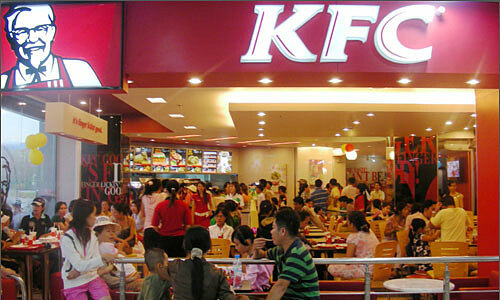Introduction: Vietnam’s Rich Culinary Heritage
Vietnam’s cuisine is one of the most diverse and delicious in the world. The country boasts a rich culinary heritage influenced by its geography, history, and culture. Vietnamese cuisine is characterized by its use of fresh herbs, vegetables, and spices, as well as its emphasis on balance and harmony. In this article, we will explore some of the most popular traditional dishes in Vietnam.
Pho: The Most Famous Vietnamese Dish
Pho is undoubtedly the most famous Vietnamese dish and is enjoyed all over the world. This iconic street food is a delicious bowl of rice noodles, beef or chicken, and a fragrant broth made from beef bones, onions, and spices. The dish is typically served with fresh herbs, bean sprouts, lime, and chili peppers, which you can add to taste. Pho is a perfect comfort food and is especially popular for breakfast.
Bun Cha: A Meaty Delight from Hanoi
Bun Cha is a specialty from Hanoi that is popular throughout Vietnam. The dish consists of grilled pork patties (cha) and pork belly (bacon) served with rice noodles (bun), fresh herbs, and a dipping sauce made from fish sauce, sugar, vinegar, and chili. This dish is a meat lover’s dream and is usually served with a side of crispy spring rolls (nem).
Banh Mi: A Fusion of French and Vietnamese Cuisine
Banh Mi is a delicious fusion of French and Vietnamese cuisine. This popular street food is a baguette filled with a variety of ingredients such as grilled pork, pate, pickled vegetables, and fresh herbs. Banh Mi is a perfect snack or lunch option, and the flavor combination is simply delicious.
Goi Cuon: Healthy and Delicious Vietnamese Spring Rolls
Goi Cuon, also known as fresh spring rolls, is a healthy and delicious Vietnamese dish. These rolls are made with rice paper wrappers filled with fresh herbs, vermicelli noodles, veggies, and shrimp or pork. They are served with a sweet and spicy dipping sauce made from hoisin sauce, peanut butter, and chili. These rolls are perfect as a light meal or an appetizer.
Com Tam: A Hearty Meal of Broken Rice and Toppings
Com Tam is a popular Vietnamese dish that is both hearty and flavorful. It is made with broken rice (com tam) and various toppings such as grilled pork, shredded pork, fried eggs, and pickled vegetables. The dish is usually served with fish sauce, chili, and a side of soup. Com Tam is a filling and satisfying meal that is perfect for lunch or dinner.
In conclusion, Vietnam’s cuisine is a delicious and diverse fusion of flavors and influences. From the iconic Pho to the fresh and healthy Goi Cuon, there is something for everyone to enjoy in Vietnamese cuisine. These dishes are just a few examples of the many delicious traditional Vietnamese dishes that you can try during your visit to Vietnam or at a Vietnamese restaurant near you.

